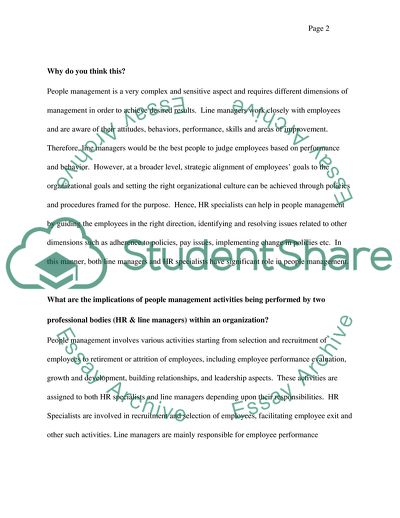Cite this document
(Human Resource Management in Saudi Arabia Assignment - 3, n.d.)
Human Resource Management in Saudi Arabia Assignment - 3. https://studentshare.org/human-resources/1729286-human-resource-management
Human Resource Management in Saudi Arabia Assignment - 3. https://studentshare.org/human-resources/1729286-human-resource-management
(Human Resource Management in Saudi Arabia Assignment - 3)
Human Resource Management in Saudi Arabia Assignment - 3. https://studentshare.org/human-resources/1729286-human-resource-management.
Human Resource Management in Saudi Arabia Assignment - 3. https://studentshare.org/human-resources/1729286-human-resource-management.
“Human Resource Management in Saudi Arabia Assignment - 3”. https://studentshare.org/human-resources/1729286-human-resource-management.


